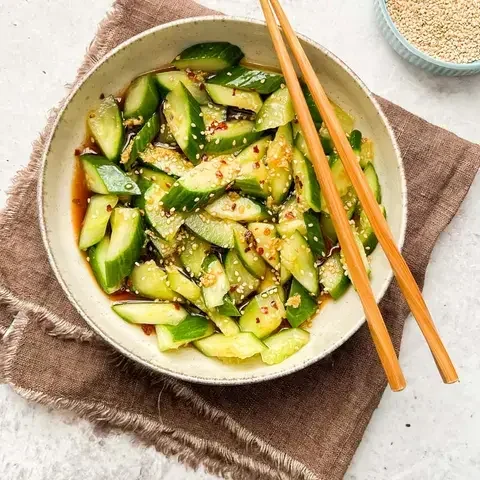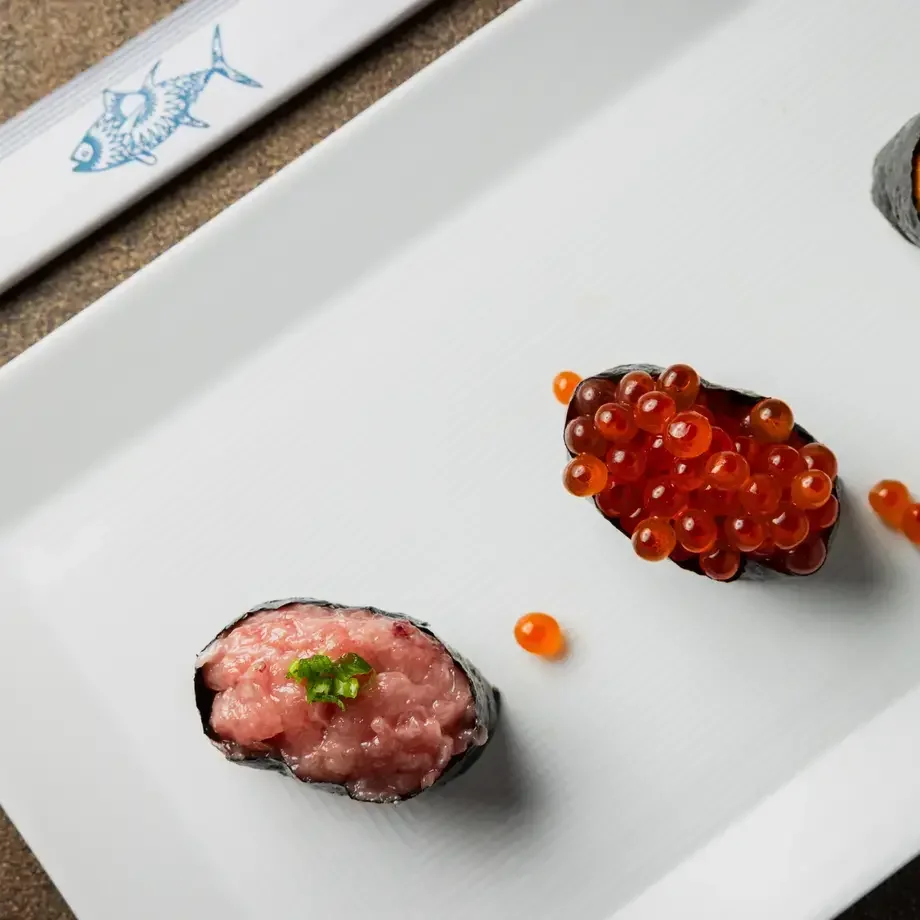As we all know, Japanese cuisine goes way beyond sushi. It boasts iconic dishes prepared with care and attention, even in home kitchens. But what are the traditional Japanese sauces? Starting from soy sauce, with which it is possible to prepare an indefinite number of dips, teriyaki sauce and all the Japanese sushi sauces are just a few examples. Here is a mini-guide to Japanese sauces and how to combine or serve them.

Photos: iStock
The Japanese Sauces You Need to Know

The best known of the Japanese sauces, it is obtained from fermented soy with the addition of toasted wheat, water, salt and a particular fungi called Aspergillus sp. Due to the toasted wheat content, soy sauce is not suitable for celiacs, even if gluten-free versions exist on the market. Soy sauce is savoury, which is why it goes very well with raw fish and many other Japanese and Asian dishes in general. In the west, there is a tendency to abuse soy sauce, and this risks covering the most delicate flavours without enhancing them as oriental cuisine teaches. Soy sauce is the basis of many other sauces, it accompanies with balance dishes based on raw and cooked fish, noodles, and white and red meat.
Wasabi
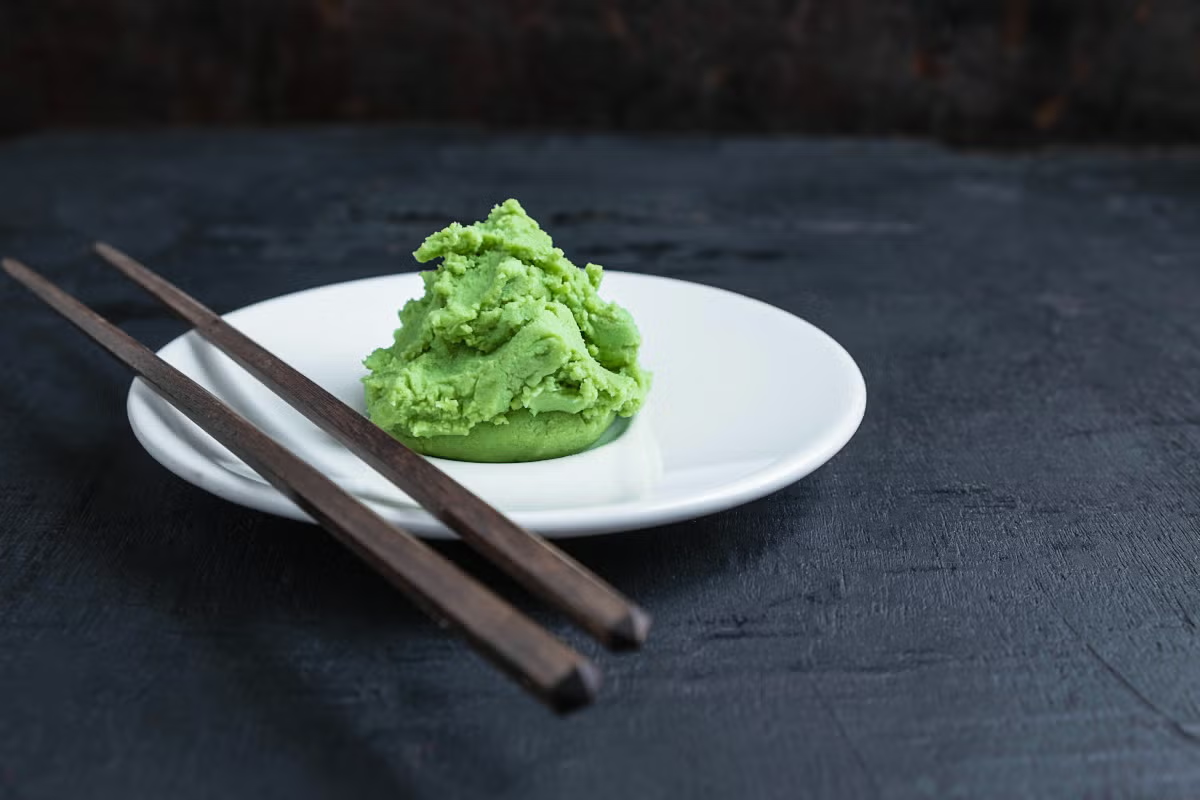
Not to be confused with wasabi mayonnaise or Japanese mayonnaise, wasabi sauce (or simply wasabi) is the classic spicy Japanese sauce with a pasty consistency that is made from a Japanese horseradish root called wasabia japonica. Like all horseradish, this one is also particularly pungent and spicy. In ancient times, this sauce was traditionally accompanied with raw fish precisely because it has natural antibacterial properties. It is served with sushi, sashimi and tempura and is often dissolved in soy sauce or other Oriental sauces.
Teriyaki sauce
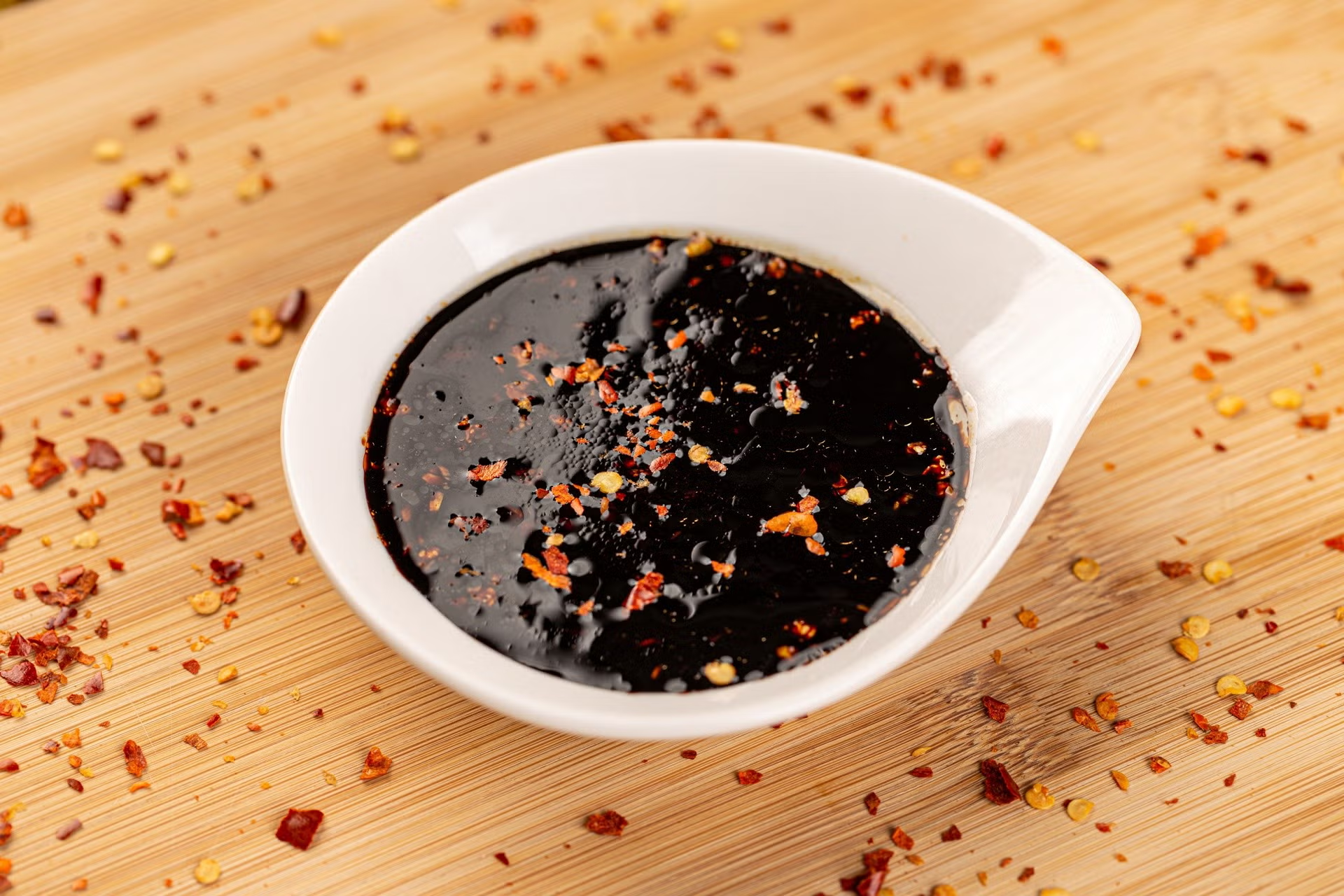
Teriyaki is made from soy sauce, mirin and sugar, and can be thickened with cornstarch. Teriyaki sauce is savoury and has a slight umami flavour given by the addition of the mirin. Teriyaki sauce is used as a condiment, but also as a marinade in place of vinegar for some dishes. It is used to flavour sushi, sushi rolls, some types of noodles and some chicken-based preparations such as traditional yakitori skewers.
Ponzu sauce
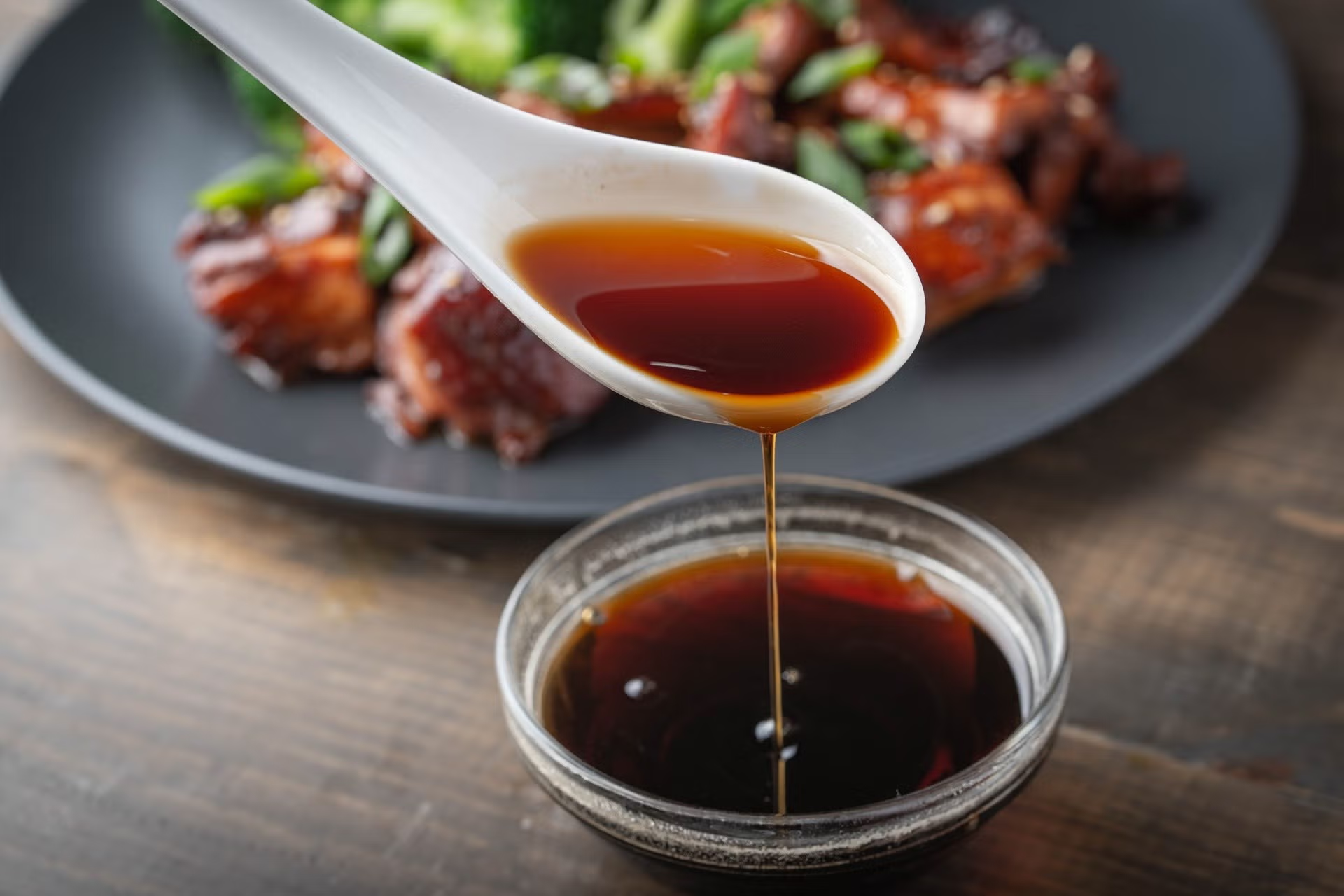
Traditionally used in Japan to season tataki (seared fish) or nabemono dishes (a cooking style that includes a stove in the centre of the table on which a broth boils and diners cook their own ingredients together), ponzu sauce is obtained by boiling a mixture of mirin, rice vinegar, katsuobushi flakes (which are obtained by very finely grating the previously dried, fermented and smoked tuna fillets) and kombu seaweed. Once reduced, this sauce is allowed to cool and at this point the juice of yuzu (a Japanese citrus fruit) is added. The flavour of the ponzu sauce is intense and savoury, the umami notes and the delicately citrus notes are perceived.
Tsuyu sauce
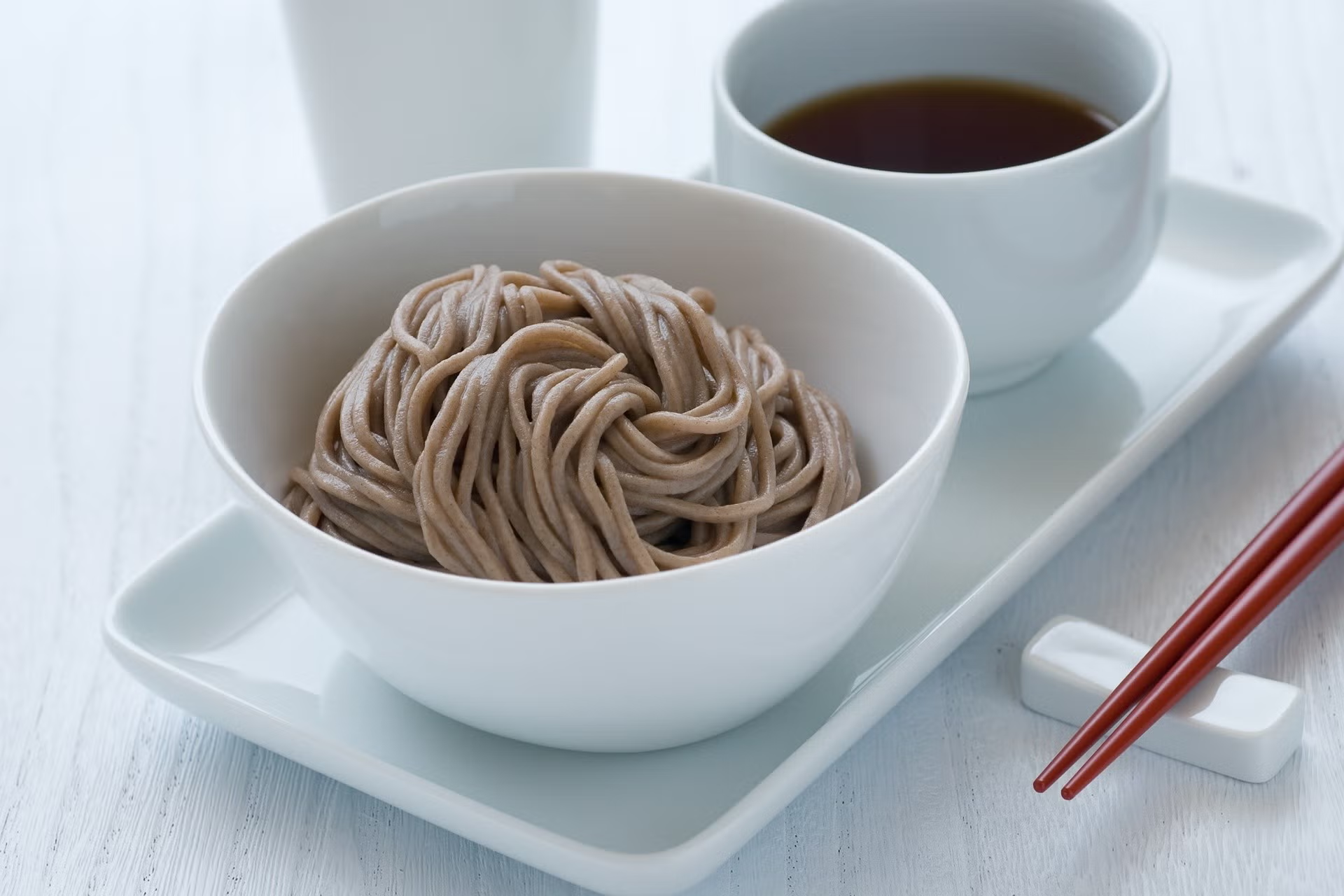
Rich in umami notes, this Japanese sauce is widely used to flavour soups and noodles. Tsuyu sauce is made by mixing classic dashi broth (usually made with mushrooms), soy sauce, mirin and sugar. This sauce is used to flavour soba (buckwheat noodles served cold) or to flavour noodles in broth.
Gomadare sauce
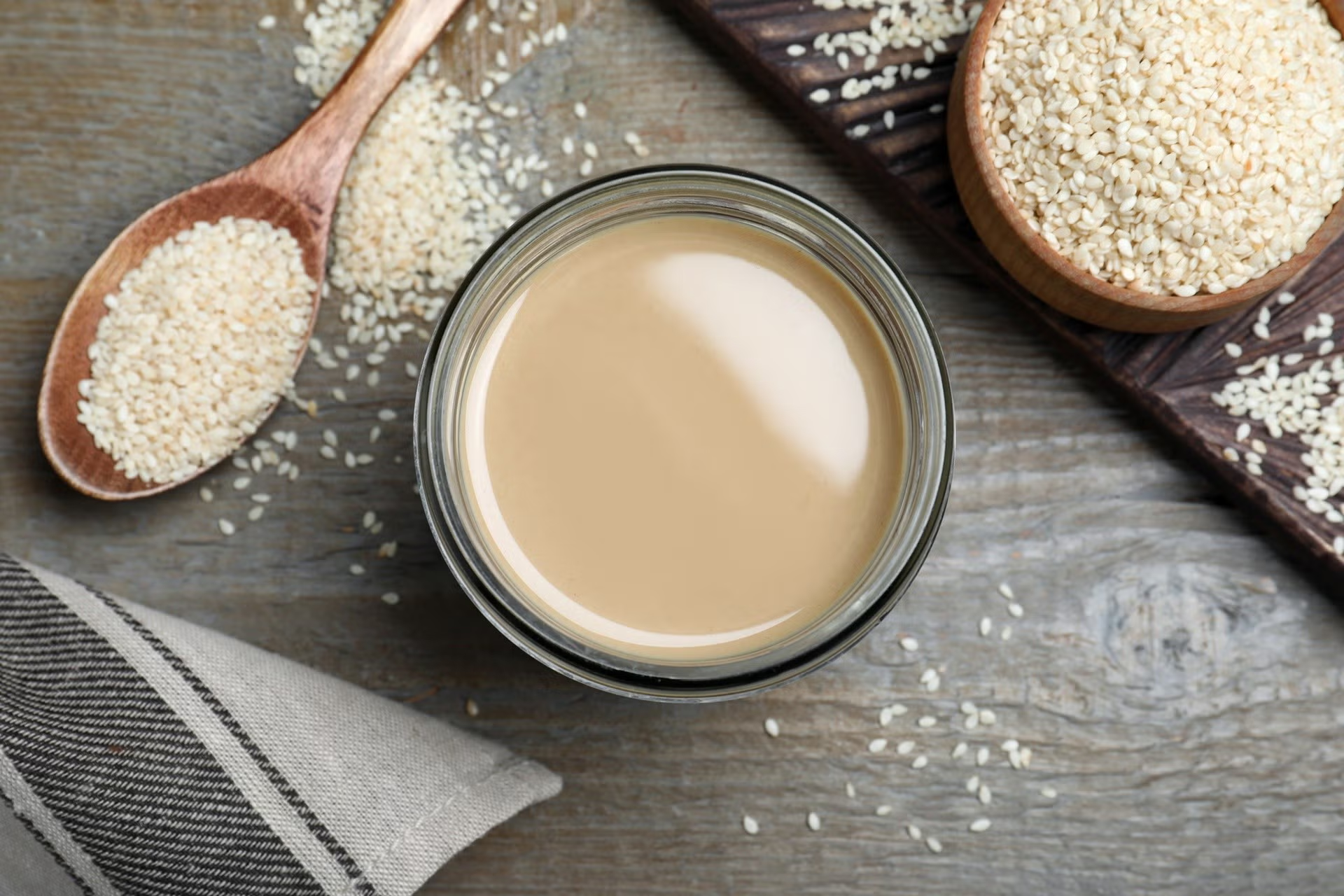
Gomadare sauce is the traditional Japanese sesame sauce. Used in Japan to flavour salads, vegetables, meat and tofu, gomadare sauce is made with a toasted sesame paste (nerigoma in Japanese), soy sauce, rice vinegar and sugar.
Karashi sauce
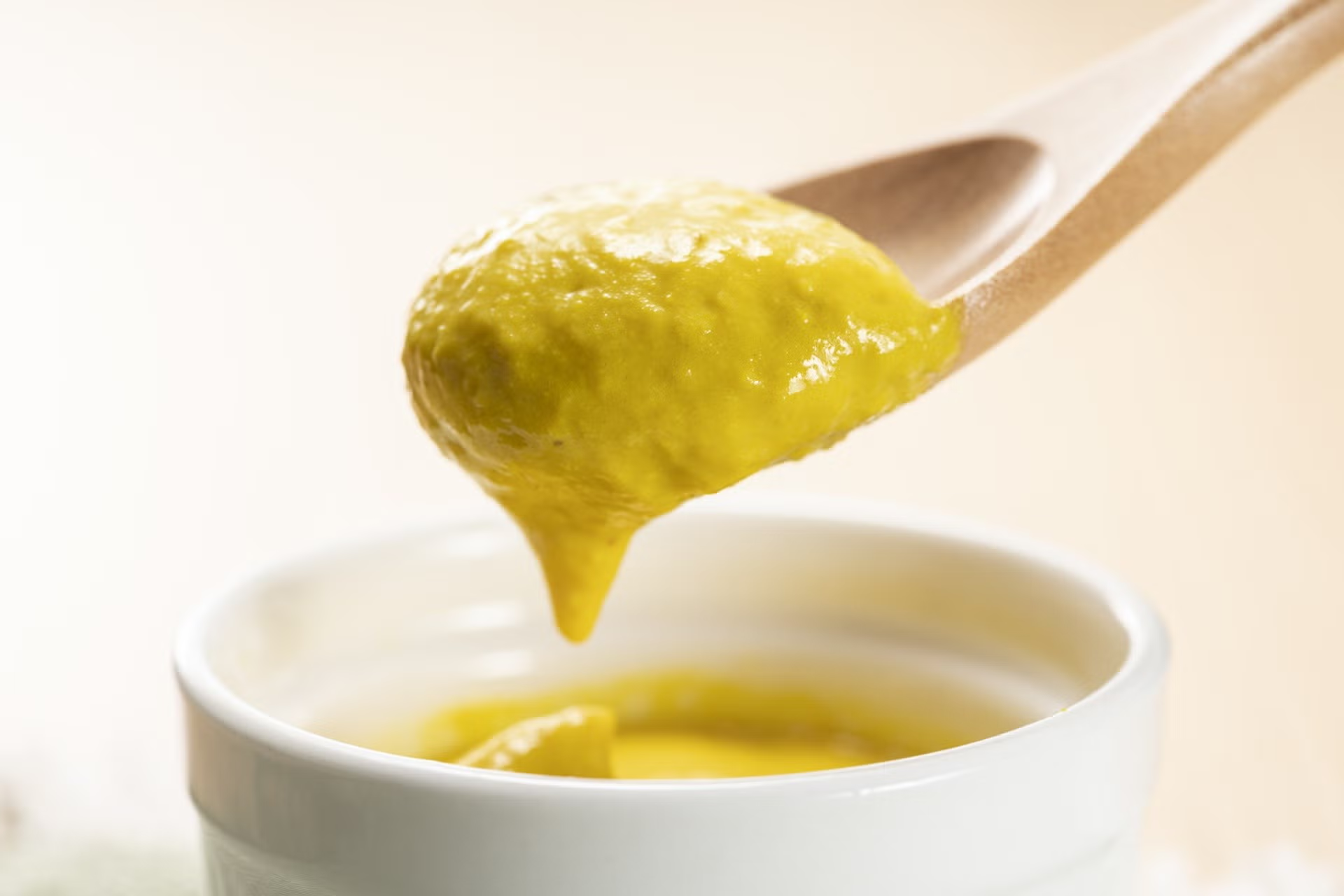
Also called Japanese mustard, karashi sauce is made with the seeds of Indian mustard Brassica juncea mixed with wasabi. Its flavour is very strong and intense. This sauce can be served alone or mixed with miso paste to make a spicy and pungent miso. In addition to the classic mayonnaise, it becomes karashi mayonēsu, a sauce used to flavour fish dishes.
Warishita sauce
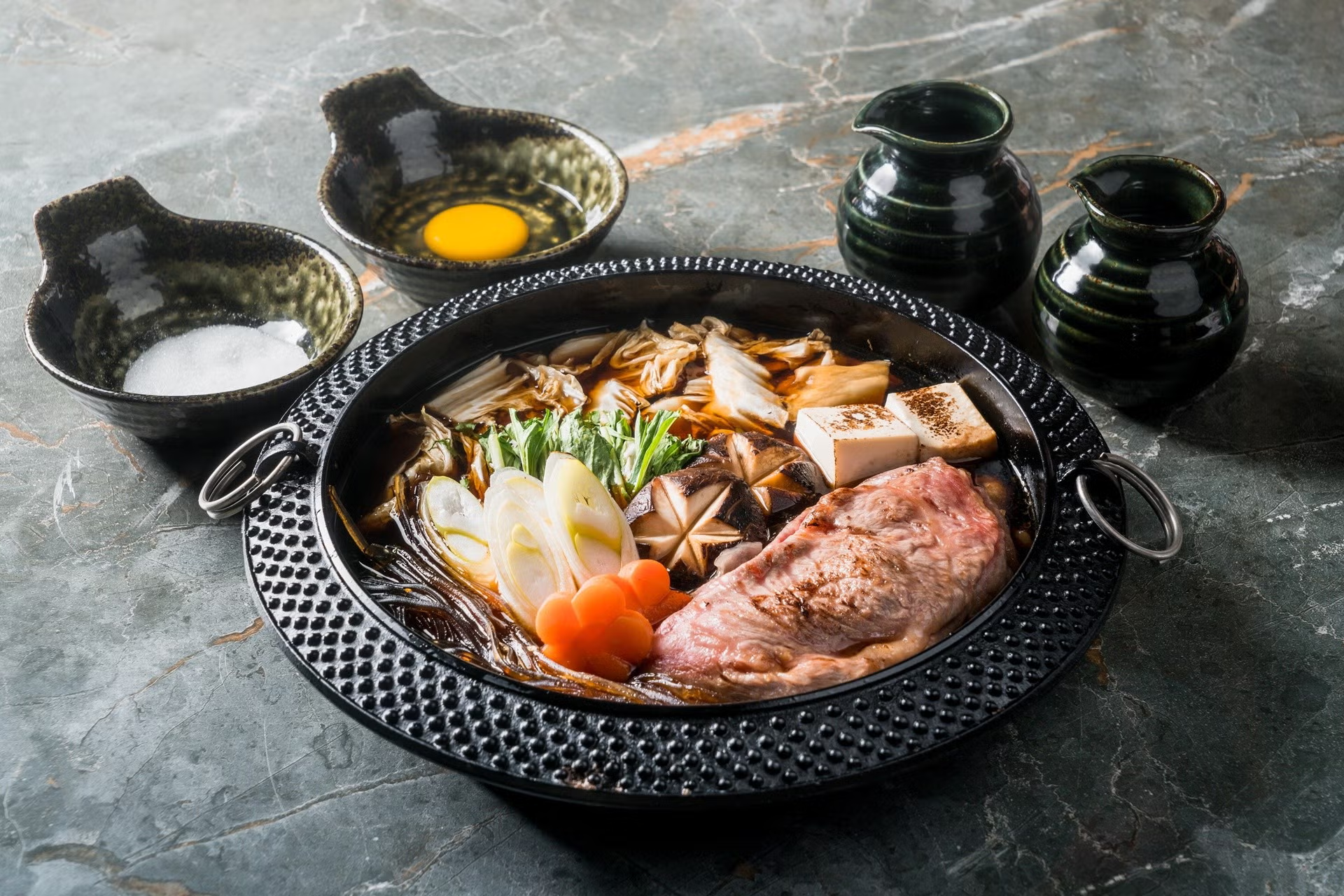
A typical soup sauce, warishita is usually paired with sukiyaki (a particular type of nabemono). It is made with sake, mirin, soy sauce, sugar and dashi broth.
Mirin
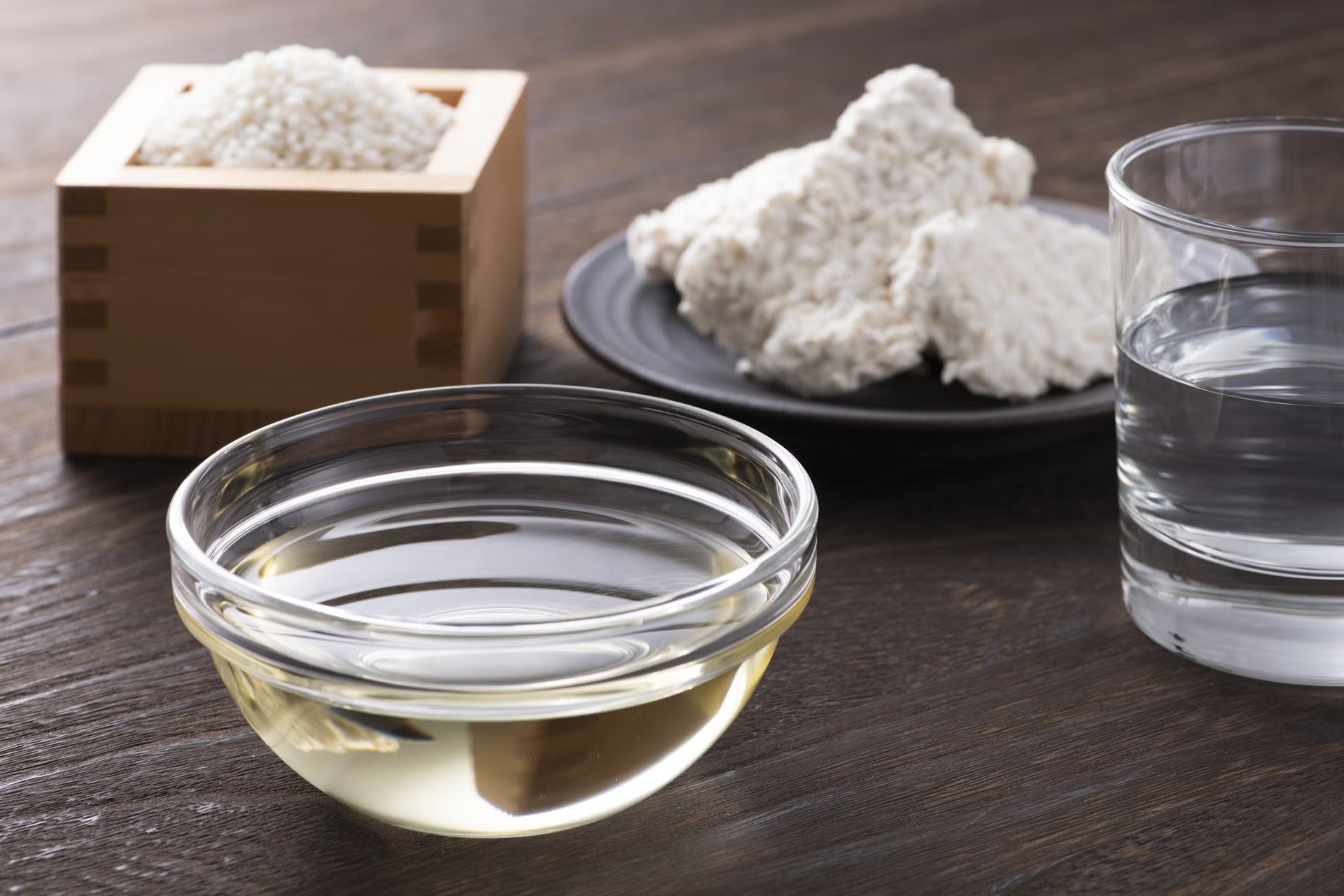
Mirin is a condiment that is obtained from the fermentation of glutinous rice in addition to the koji mushroom matured together with the distillate. Its colour is golden, on the palate it is sweet like sake, but its consistency resembles that of a syrup. Mirin is often used as an ingredient in other Japanese sauces.


